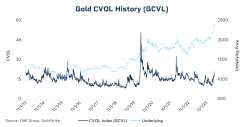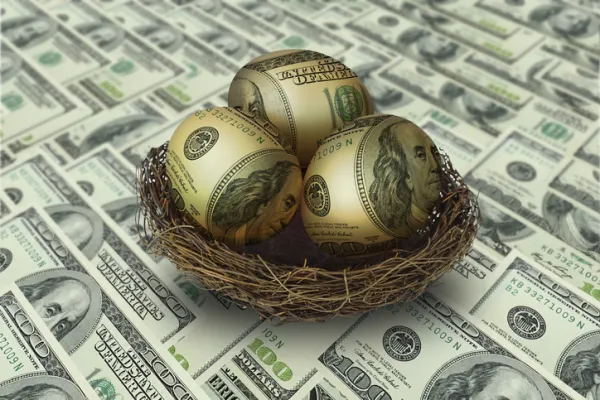Scott Bauer, for CME Group
At a Glance:
- Inflation, interest rates and geopolitical uncertainty tend to influence the market more than U.S. election results
- Traders can use equity options ahead of the election to take a view on volatility
The 2024 U.S. presidential election is now a few months away, and the candidates have all but been solidified in what will likely be the second iteration of President Joe Biden running against former President Donald Trump.
Traders tend to conflate their political bias, or a certain election result, as being “better” for the stock market over the next four years. While different presidential regimes may institute different policies that affect businesses and the economy, the stock market has proven to be upward sloping regardless of the party in office and more reactionary to economic data and global geopolitical uncertainty than domestic politics.
According to an analysis by Saugatuck Financial, Democrats tend to be elected during recession years more often than Republicans. However, after removing the six election years where recessions occurred, average S&P 500 returns were very similar for Democrats and Republicans.
Market Response to Past Elections
The market’s generally agnostic attitudes toward the results of presidential elections creates opportunities for traders, and specifically options traders, to take a view on market conditions and buy or sell volatility in the months leading up to the election.
The unique and unprecedented challenge that COVID-19 presented to the world in 2020 meant that in terms of market trends near presidential elections, 2020 was more of an aberration than another correlated data point. However, it did still provide a similar theme to other election years – in the months leading up to the election, equity, commodity and bond market volatility was heightened.
CME Group Volatility Index (CVOL)
For CME Group products, this can be visualized through CVOL in the treasury and metals markets. Isolating the 30-year bond and gold, volatility spiked in the period just before and after the 2016 and 2020 elections.


Traders can take a position on volatility in the equity space by buying volatility or buying options a few months in advance of the election. This can be done with no directional market bias by purchasing both a call and a put option in the E-mini S&P 500 or E-mini Nasdaq-100.
The risk to this type of position, known as a straddle (same option strike) or strangle (different option strikes, typically both out of the money), is that as time progresses, the value of these options could decrease if volatility doesn’t increase. If volatility stays flat or decreases, one methodology that I personally have used is to sell the same strike options that have an earlier expiration date. This allows the opportunity to “roll out” the short options to sell other ones against the purchased ones. This type of strategy is called a “calendar/diagonal” or “time spread.”
The value to this type of position is that since the longer dated options have more volatility sensitivity (known as vega) than the shorter ones, as volatility potentially increases the value of the position also increases. Many traders feel safe moving to cash until after the election but attempting to time the market can lead to missed opportunities. Buying volatility can provide a different alternative to some traders who choose to move to defensive assets like cash, because they are still invested in the market but can potentially profit off the uncertainty and sharp movements that may occur.
While markets are typically influenced more by inflation, interest rates and geopolitical uncertainty, there are still opportunities for traders to take a view on volatility leading up to the election.






